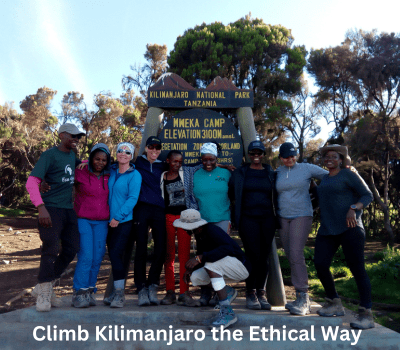Can I Climb Kilimanjaro Afrika Solo?
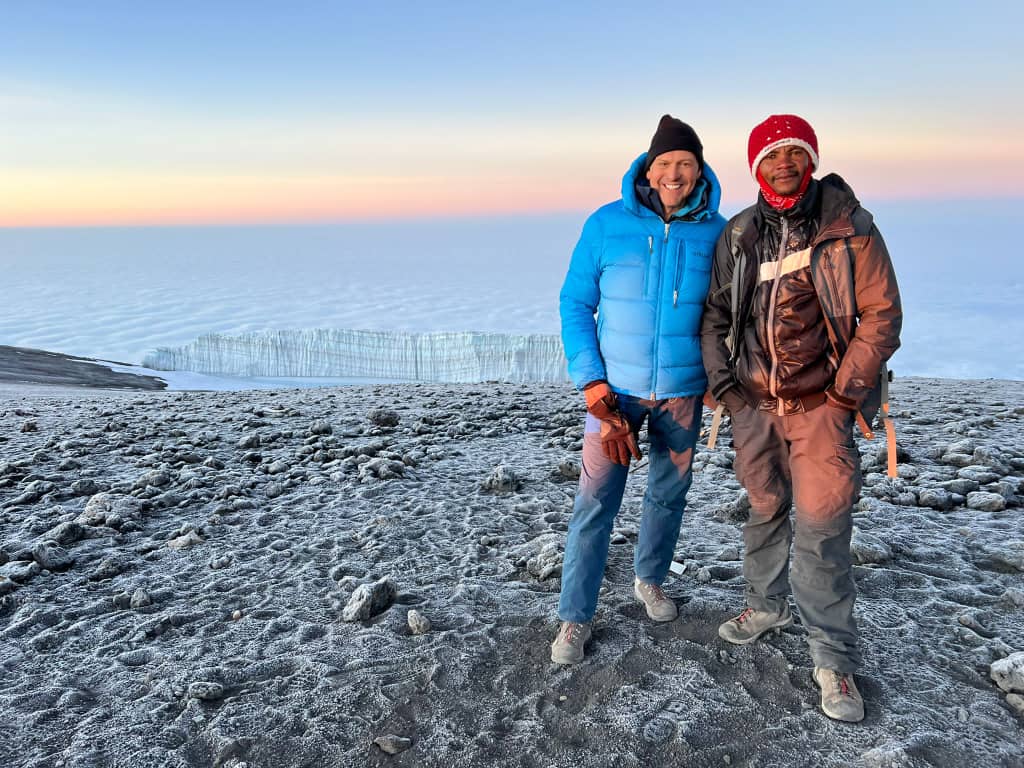
Introduction
The Dream of a Solo Adventure
There’s something magical about the idea of standing alone atop the Roof of Africa—feeling the wind rush across Uhuru Peak with nothing but the wide sky and your heartbeat in your ears. For many climbers, the thought of tackling Kilimanjaro Afrika solo is the ultimate personal challenge. It’s a dream of freedom, solitude, and proving to yourself that you can do something truly epic.
But can you really climb Kilimanjaro solo? What does “solo” mean on this iconic mountain? Is it legal, safe, and practical? Let’s unpack everything you need to know before setting out on your one-person expedition to Africa’s greatest summit.
Understanding What “Solo” Means on Kilimanjaro
When we talk about “solo climbing” Kilimanjaro, it doesn’t mean hiking alone without any assistance. Tanzania has specific regulations that ensure the safety of trekkers and protect the fragile mountain environment. A true solo Kilimanjaro experience means you hike without joining a larger group, but you still have your own private professional guide and support team.
It’s you—and your dedicated crew, walking quietly through the forests, up across the alpine deserts, and finally to the icy summit together. Private, personalized, powerful.
Is It Legal to Climb Kilimanjaro Alone?
Tanzania National Park Authority (TANAPA) Regulations
Here’s the first thing to know straight up: You cannot legally climb Kilimanjaro completely alone.
According to the regulations set by the Tanzania National Park Authority (TANAPA), all climbers must be accompanied by a licensed mountain guide. This rule ensures that:
- Climbers stay safe in rapidly changing high-altitude conditions
- The mountain’s delicate ecosystems are protected
- Local Tanzanians benefit from employment opportunities
In fact, attempting to climb without a registered guide is not only dangerous, it’s also punishable with heavy fines and immediate expulsion from the park.
Guided Treks are Mandatory
Every “solo” climber on Kilimanjaro must still have at least:
- One licensed mountain guide
- Support porters (depending on your gear and logistics)
- A cook for food preparation during multi-day treks
So while you can have the solitude and personal journey you crave, you’ll still have a small, supportive team behind you—making sure you’re safe, comfortable, and set up for success.
What Does “Solo Climb” Really Mean?
Solo vs. Group Climb: The Key Difference
On Kilimanjaro, a “solo climb” simply means you’re not part of a mixed group of strangers.
Instead of joining an open group climb where 8–12 people are hiking together, you book a private expedition just for yourself. You set your pace, choose your break times, decide when to push or when to rest, and customize your daily rhythm without needing to accommodate anyone else’s preferences.
You + Private Support Crew = “Solo Experience”
Your team will likely include:
- Lead Guide
- Assistant Guides (depending on park rules for crew-to-climber ratio)
- Porters to carry your duffel and gear
- Cook to prepare fresh, energy-packed meals
Though they’re around, they move ahead or behind during the day, giving you plenty of personal space. At camp, you can enjoy conversations—or silence—at your own preference.
A “solo climb” on Kilimanjaro is the best of both worlds: personal freedom with professional backup.
Advantages of Climbing Kilimanjaro Solo
Full Flexibility & Privacy
When you climb solo, you set the rules. Want to hike slowly and photograph every flower on the trail? Want to power through tough sections without waiting for others? It’s your climb, your style.
No compromises, no group dynamics—just you and the mountain, moving as one.
Personal Pace & Comfort
Altitude affects everyone differently. When climbing solo, you can adjust your speed, breaks, and acclimatization strategy based on how you personally feel, not based on group needs.
Your guide focuses exclusively on your safety, adapting daily schedules as needed to help you succeed.
1-on-1 Attention from Guides
In a group climb, guides divide their attention among multiple clients. But on a private solo climb with Eco-Africa Climbing, your guide is focused entirely on you—your health, your progress, and your success.
Daily health checks, altitude assessments, and personalized coaching become more detailed, boosting your chances of reaching the summit safely.
Challenges of Climbing Kilimanjaro Solo
Cost Considerations
One of the biggest challenges of a solo Kilimanjaro climb is the cost. Since you’re not sharing expenses with a group, all the mountain permit fees, crew wages, food, logistics, and camping equipment are allocated just for you.
This means a solo climb is typically more expensive than joining a group. However, when you book with Eco-Africa Climbing, we offer customized solo packages that are competitively priced without sacrificing quality or ethical porter treatment.
Want to see a full breakdown? Check out our Kilimanjaro price guide to understand what’s included.
Mental & Emotional Strength
Trekking solo demands strong mental resilience. There will be moments of self-doubt, loneliness, or exhaustion—especially on summit night when every step feels like a battle against gravity.
Without a group cheering you on, staying motivated becomes an internal game. Your guide will encourage you, but your mindset will be your greatest ally. Prepare yourself mentally before the climb: visualize the summit, practice affirmations, and remember why you started this journey.
Logistics and Safety
Although you’re technically solo, Kilimanjaro is not the place for risky isolation. Altitude sickness, sudden weather changes, and physical injuries can happen to anyone.
Having an experienced guide team ensures that if anything goes wrong—whether it’s mild AMS (Acute Mountain Sickness) or a twisted ankle—you have immediate professional support. Safety should never be compromised in the pursuit of solitude.
Why a Private Solo Climb Still Comes with a Team
Mandatory Guide, Cook, and Porters
Even on a private solo trek, the Kilimanjaro National Park Authority (KINAPA) mandates that you have:
- At least one licensed guide
- Porters (typically 3–5 depending on your duffel weight and logistics)
- A mountain cook to prepare hot meals at altitude
At first glance, this might feel like “too much crew” for one person, but every member plays a crucial role:
- Guide: Monitors your health, leads navigation, motivates you daily
- Porters: Carry your gear, camp setup, food, and water
- Cook: Fuels you with hearty meals critical for energy at altitude
You are the VIP client. Your team ensures you can focus solely on climbing, breathing, and experiencing the journey without worrying about logistics.
The Role of Each Crew Member
Here’s what your private crew typically does:
- Morning: Wake you with tea/coffee, breakfast served, camp packed up
- During Trek: Guide sets a “pole pole” (slow and steady) pace, porters rush ahead to prepare camp before you arrive
- Evening: Camp setup complete, warm meals served, health checks done
You’ll be amazed by how hardworking and supportive your Kilimanjaro team is. And if you climb with a KPAP-partnered company like Eco-Africa Climbing, you can be confident that your porters are treated ethically and paid fairly.
How Eco-Africa Climbing Supports Solo Trekkers
Local Expertise with International Standards
At Eco-Africa Climbing, we’ve helped hundreds of solo trekkers turn their dream into reality. As a local Tanzanian company with international service standards, we specialize in creating highly personalized, sustainable treks.
Our professional guides are not only skilled climbers—they’re coaches, medics, motivators, and cultural ambassadors all in one.
KPAP Partner & Sustainability First
We are a proud member of the Kilimanjaro Porters Assistance Project (KPAP). This means:
- Fair wages and ethical treatment for every porter
- Light porter loads (no overloading allowed!)
- Transparent tipping guidelines
When you climb solo with us, your journey supports the local economy, empowers porters, and protects the mountain environment for future generations.
Personalized Solo Packages
Want to customize your dream trek? We’ve got you covered:
- Choose your preferred route: Lemosho, Northern Circuit, Rongai, and more
- Flexible start dates
- Solo pre- and post-climb accommodations
- Customized acclimatization schedules
You design your adventure. We handle the details.
Popular Routes for Solo Climbers
Lemosho Route
Known for stunning scenery and gradual acclimatization, Lemosho is a favorite for solo trekkers. It offers beautiful forest trails, expansive Shira Plateau views, and quieter camps for a more personal experience.
Northern Circuit Route
If you want the longest, most peaceful journey, choose the Northern Circuit. You’ll circle the mountain’s remote northern slopes, rarely encountering other climbers until summit night. Ideal for serious solitude seekers.
Rongai Route
Rongai is the driest route and starts on the Kenyan side. It’s perfect for off-peak climbs (April-May, November) and for those who want quieter trails and a slightly different Kilimanjaro perspective.
How Much Does a Solo Climb Cost?
Price Breakdown & What’s Included
Climbing Kilimanjaro solo is an investment in your adventure, freedom, and personal achievement. While it does cost more than a group join, it offers unmatched flexibility and one-on-one support.
Here’s what’s typically included in a private solo package with Eco-Africa Climbing:
- National park fees and conservation charges
- Certified, English-speaking private guide
- Dedicated cook and personal porters
- Private camping equipment (tent, mattress, dining tent)
- Three hot meals a day + drinking water
- Emergency oxygen and daily health monitoring
- Transfers to/from Kilimanjaro airport and hotels
The solo climb price varies depending on your chosen route and number of days. For a rough idea, check our full Kilimanjaro Climb Price Guide.
What to Pack as a Solo Climber
Gear Essentials (Link to Gear List)
When trekking solo, your gear becomes even more important. You need to be 100% self-sufficient during the day, since no other group members will loan you forgotten items.
Use our official Kilimanjaro Gear Checklist to make sure you have:
- 4-season sleeping bag (or rent a Mountain Hardwear Lamina™ -29°C sleeping bag for $50)
- Layered technical clothing for changing weather
- Waterproof boots and high-quality trekking poles
- Hydration system (bladder + bottles)
- Headlamp, extra batteries, power bank
Special Considerations When Trekking Alone
When you’re solo, you need to:
- Carry essentials in your daypack (meds, layers, snacks)
- Communicate clearly with your guide daily
- Double-check gear each morning and evening
Safety starts with preparation—double up on critical items like socks, gloves, and water containers.
Solo vs. Group Join: Which is Best for You?
Pros and Cons
| Solo Climb | Group Join |
|---|---|
| Full flexibility, personal pace, private attention | Lower cost per person, meet new people |
| More expensive, must self-motivate | Shared schedule and group decisions |
| Deeper connection with the mountain | Supportive social environment |
Personality & Goal Fit
Ask yourself:
- Do you value silence and introspection?
- Are you comfortable being alone with your thoughts?
- Would you rather design your own climbing rhythm?
If yes, a solo trek is for you. If you thrive in social settings, a Kilimanjaro Group Join Climb may suit you better.
Tips for First-Time Solo Climbers
Mental Preparation
Summiting Kilimanjaro solo isn’t just a physical feat—it’s mental warfare. Prepare your mindset:
- Visualize success daily
- Accept tough moments without panicking
- Break the climb into small milestones
Communication on the Mountain
Stay connected with your guide at all times. Check in every morning and evening about your health, energy, and any concerns. Honesty can prevent small problems from becoming major issues.
Staying Motivated Alone
Bring a journal. Create mini-goals for each day. Celebrate small victories like reaching camp early or drinking enough water. Your solo climb is your personal story—make it a great one.
Testimonials from Past Solo Climbers
William from USA:
“Going solo with Eco-Africa Climbing was one of the most empowering experiences of my life. My guide was like a quiet guardian angel. I had space to breathe, think, and conquer the mountain my way!”
Sarah from USA:
“I was worried I’d feel isolated, but the crew felt like family. I loved setting my own hiking pace and not rushing. Solo climbing Kilimanjaro gave me confidence I never knew I had.”
FAQs
Can I hike Kilimanjaro without a guide?
No. Guided treks are mandatory by law for safety and environmental protection.
Is a solo climb much harder than a group climb?
Physically, it’s similar. Mentally, it can be more challenging because you rely entirely on your internal motivation rather than group energy.
Is it safe to climb solo?
Yes, when you go with a trusted operator like Eco-Africa Climbing. Your guide monitors your health daily and can respond to emergencies immediately.
Can I switch to a group if I change my mind?
Absolutely. Just talk to us before booking—many solo trekkers choose group join options too!
Which routes are best for solo travelers?
The Lemosho and Northern Circuit routes are excellent for scenic solitude and acclimatization.
Helpful Resources
- Kilimanjaro Prices
- Gear Packing List
- Join a Group Climb Kilimanjaro
- KPAP – Kilimanjaro Porters Assistance Project
- Tanzania National Parks
Conclusion: Summit on Your Own Terms
Solo climbing Kilimanjaro Afrika is a powerful personal journey. It’s you, the mountain, and your willpower rising together through rainforests, alpine deserts, and glaciers.
While you can’t legally hike 100% alone, a private guided trek offers you the perfect balance of independence, safety, and customized experience. Whether you’re seeking solitude, self-discovery, or simply chasing a dream, your solo Kilimanjaro climb will leave a permanent mark on your soul.
Ready to plan your private solo expedition? Contact Eco-Africa Climbing today and let’s build the journey you’ve been dreaming of!
Share:
Related Posts
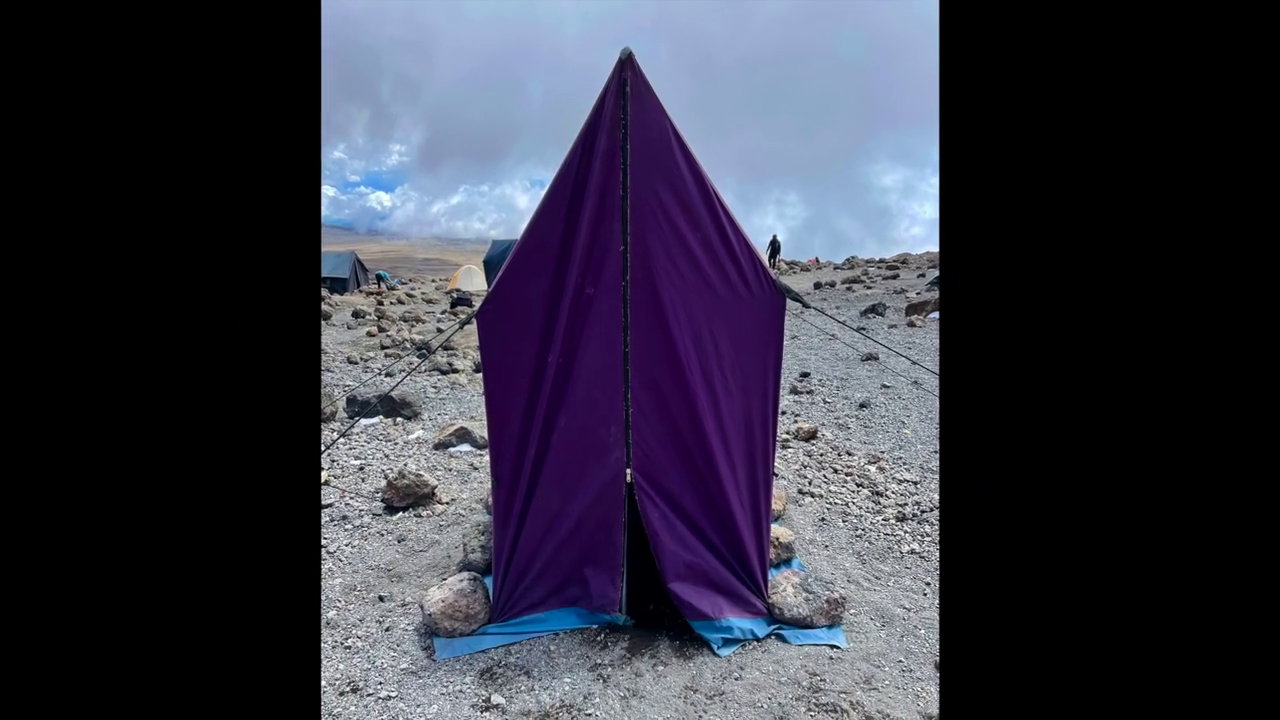
bathroom on mountain kilimanjaro
Bathroom on Mountain Kilimanjaro: What to Expect and How to Prepare Introduction One of the most common — and least discussed — questions from people
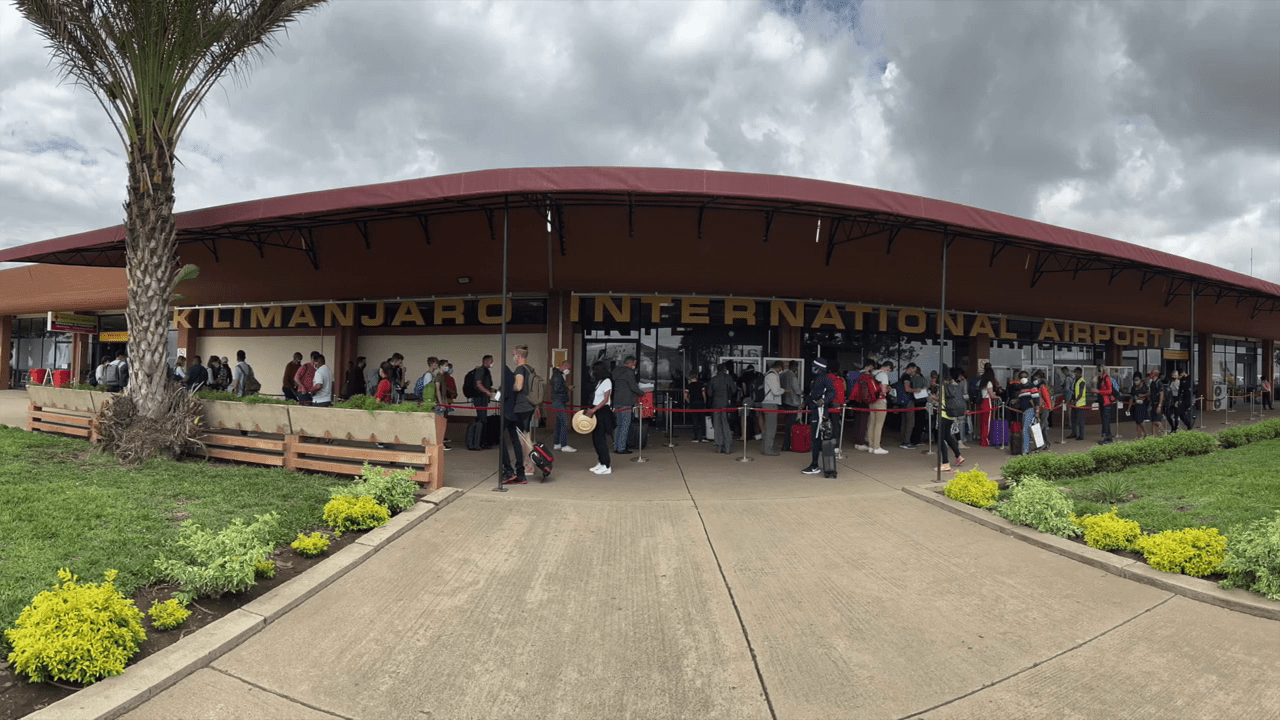
Are Guides Readily Available in Tanzania Without Prior Booking?
Are Guides Readily Available in Tanzania Without Prior Booking? Introduction: Should You Risk Climbing Without Pre-Booking? Climbing Mount Kilimanjaro is a dream for many adventurers.
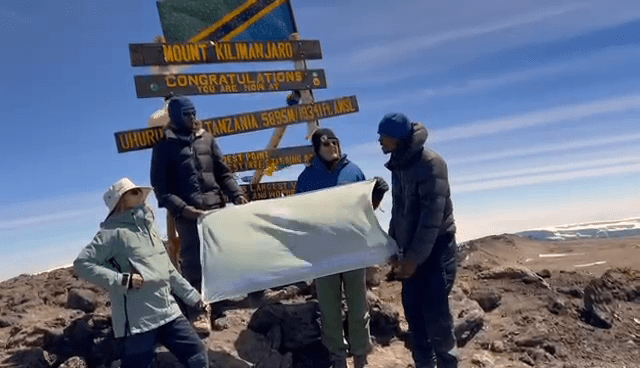
How Can I Find a Reliable Local Guide for My Kilimanjaro Expedition?
How Can I Find a Reliable Local Guide for My Kilimanjaro Expedition? Introduction: Why the Right Guide Is Key to Kilimanjaro Success Climbing Mount Kilimanjaro
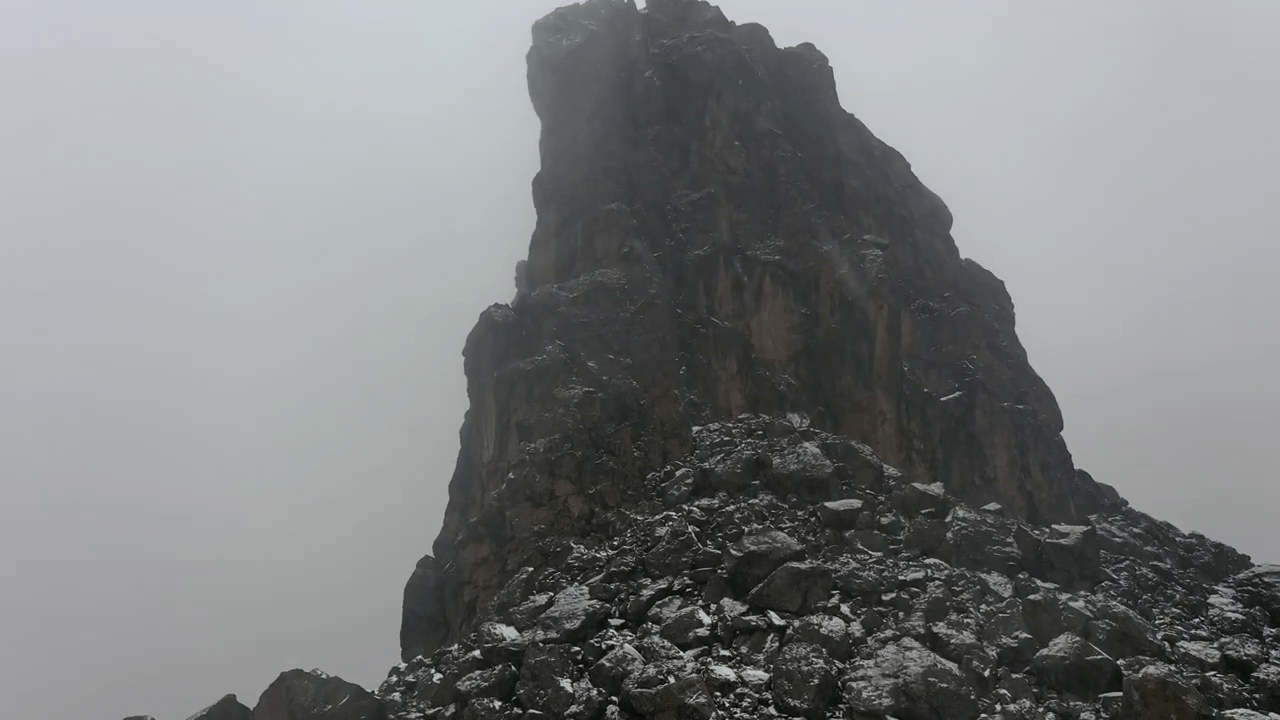
Is Climbing Kilimanjaro Dangerous for Individuals Without Mountaineering Experience?
Is Climbing Kilimanjaro Dangerous for Individuals Without Mountaineering Experience? Introduction: The Myth of Danger and Experience Many aspiring adventurers wonder if climbing Mount Kilimanjaro is
